JANICE HOUGHTON-WALLACE says think now to keep birds safe

With prolonged darkness it is essential that poultry are safe from predators. Houses should be well maintained with sound roofs so there are no weak areas where predators can break in or rain seep through. A well ventilated but dry, safe area will provide an adequate place for birds to roost overnight.
Any fencing should be such that it prevents burrowing underground to enter the inside and if possible a mud free pen will help keep the birds in better feather condition. Mud can not only damage feet and feathers but it also contains bacteria so move mobile units to drier ground or place wood chippings in pens for a cleaner environment. Do not use hardwood chippings or bark chippings for these can contain spores that could cause fungal problems.
With the onset of migratory wildfowl from the Continent, consider how your birds could be housed if the necessity arose again through Avian Influenza precautions being introduced. Think about what you can keep over the winter for looking after too many with little permanent inside accommodation could be a logistical nightmare. It could also cause welfare problems through overcrowding and bullying.
Diese Geschichte stammt aus der Nov - Dec 2017-Ausgabe von Practical Poultry.
Starten Sie Ihre 7-tägige kostenlose Testversion von Magzter GOLD, um auf Tausende kuratierte Premium-Storys sowie über 8.000 Zeitschriften und Zeitungen zuzugreifen.
Bereits Abonnent ? Anmelden
Diese Geschichte stammt aus der Nov - Dec 2017-Ausgabe von Practical Poultry.
Starten Sie Ihre 7-tägige kostenlose Testversion von Magzter GOLD, um auf Tausende kuratierte Premium-Storys sowie über 8.000 Zeitschriften und Zeitungen zuzugreifen.
Bereits Abonnent? Anmelden
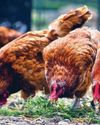
Growing food for Chickens
Mary Larham explores some crops to grow on your holding…
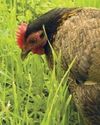
Poultry in the garden – the truth!
Jo-Jane Buxton shares her experiences
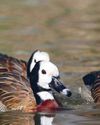
The British Waterfowl Association
Which came first, the goose or the egg?
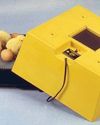
WHY FIT A FAN IN AN INCUBATOR?
Brinsea Products, the Incubation Specialists explain the difference between still air and forced draught
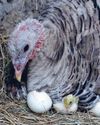
Incubating turkey eggs
Janice Houghton-Wallace looks at broody turkeys and artificial incubation
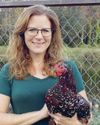
Chicken nesting box herbs
Diana Clauss owns The Blue Feather Farm, in St Cloud, Florida, home to chickens, ducks, goats, and Anatolian Shepherd dogs.
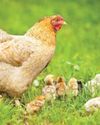
Incubate in January?
Jessica Wombwell says plan the breeding
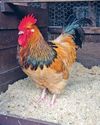
Andy's DIARY
Andy emphases the importance of keeping out damp and wet but allowing ventilation even in cold weather

Feeding for Breeding
It may be winter, but as Joanna Palmer, nutritionist for Smallholder Range explains, now’s the time to get your flock in tiptop shape and plan ahead for a successful breeding season next spring.
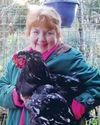
A chick named Cuckoo raised by a duck!
Chris Hammacott and her husband live on a small croft in the Outer Hebrides, they keep a ‘no kill’ flock or rare and rescue sheep which they use to spin and weave rugs. They also share the 8 acres with hens, ducks, cats and 9 rescue pugs.